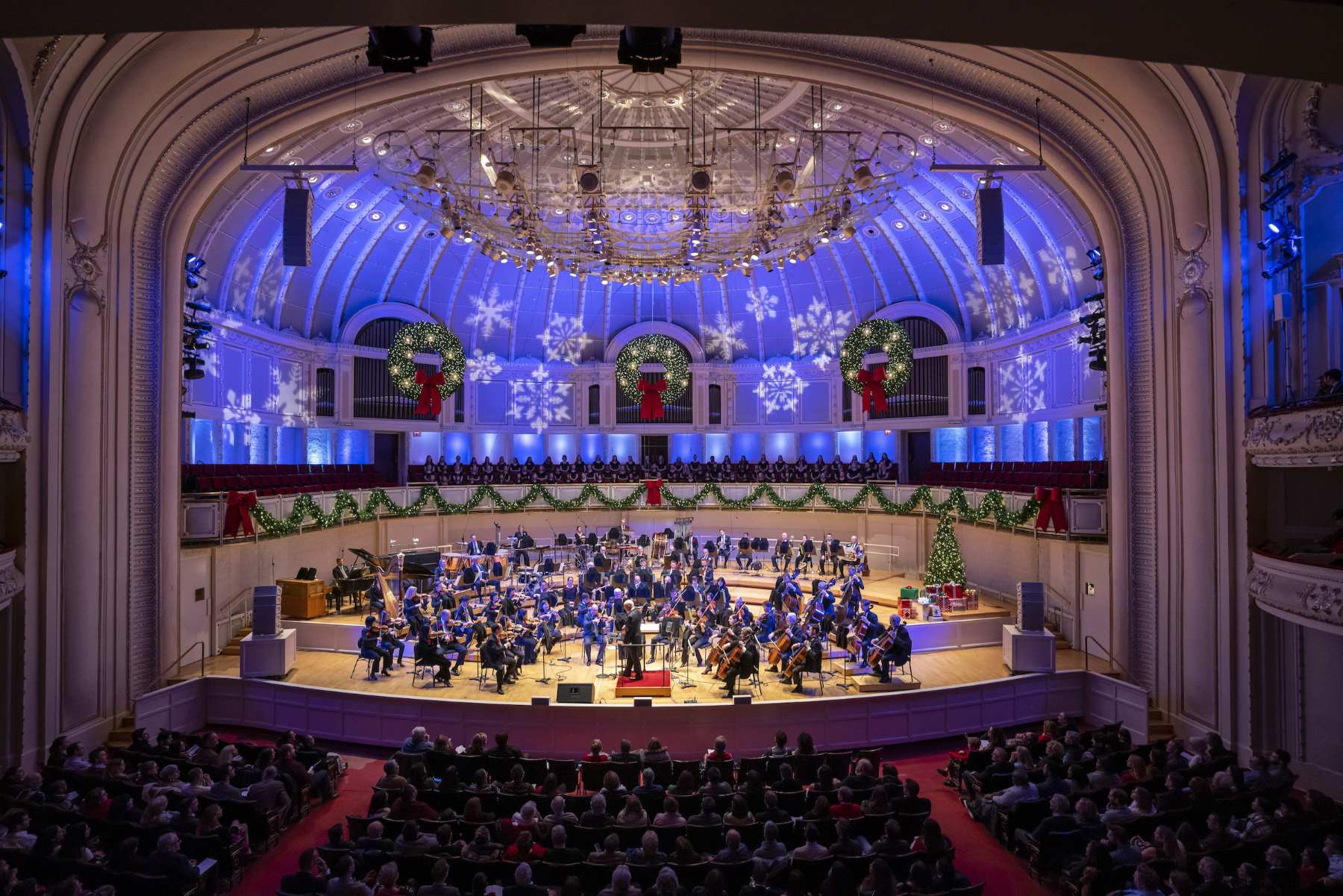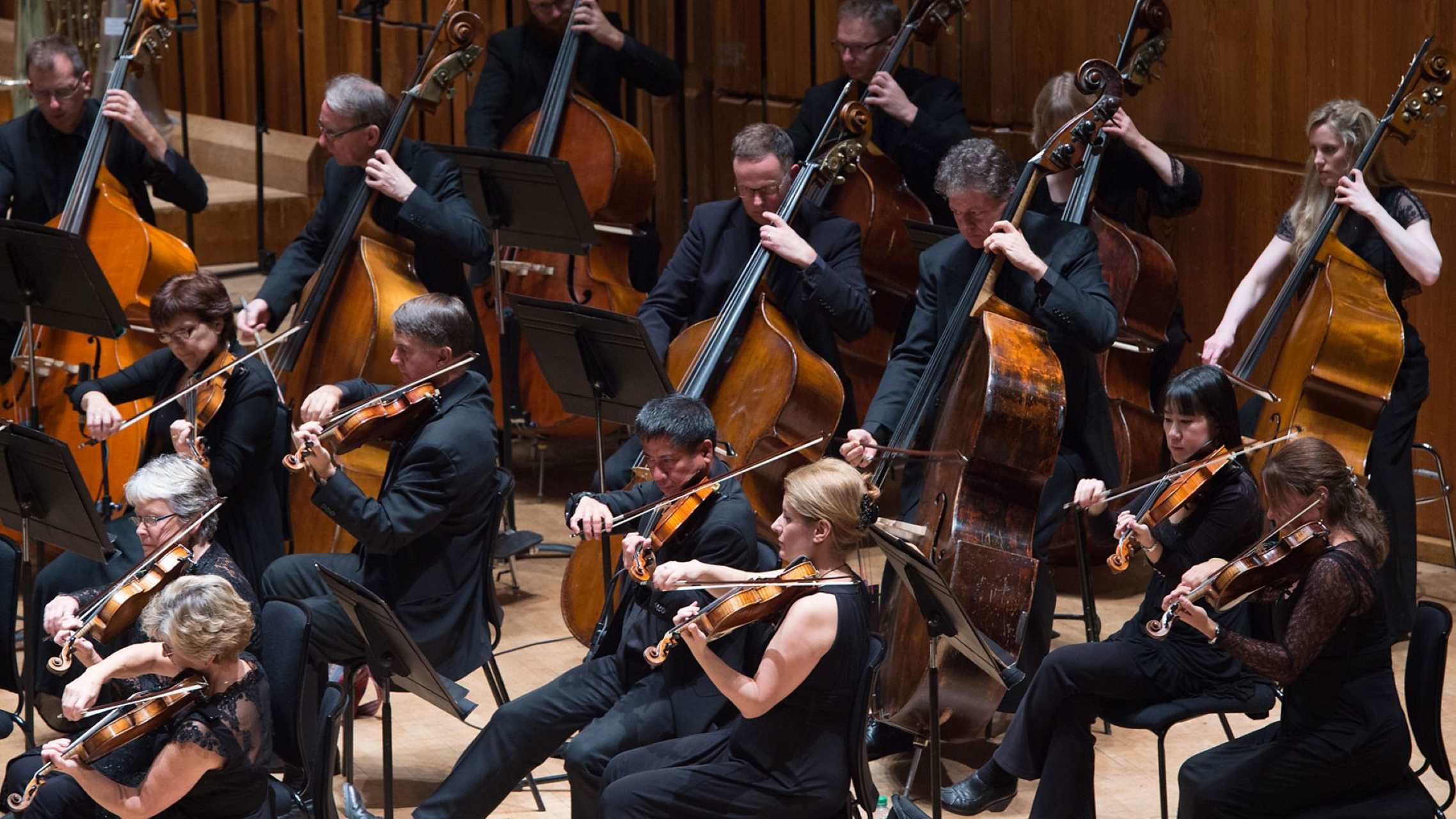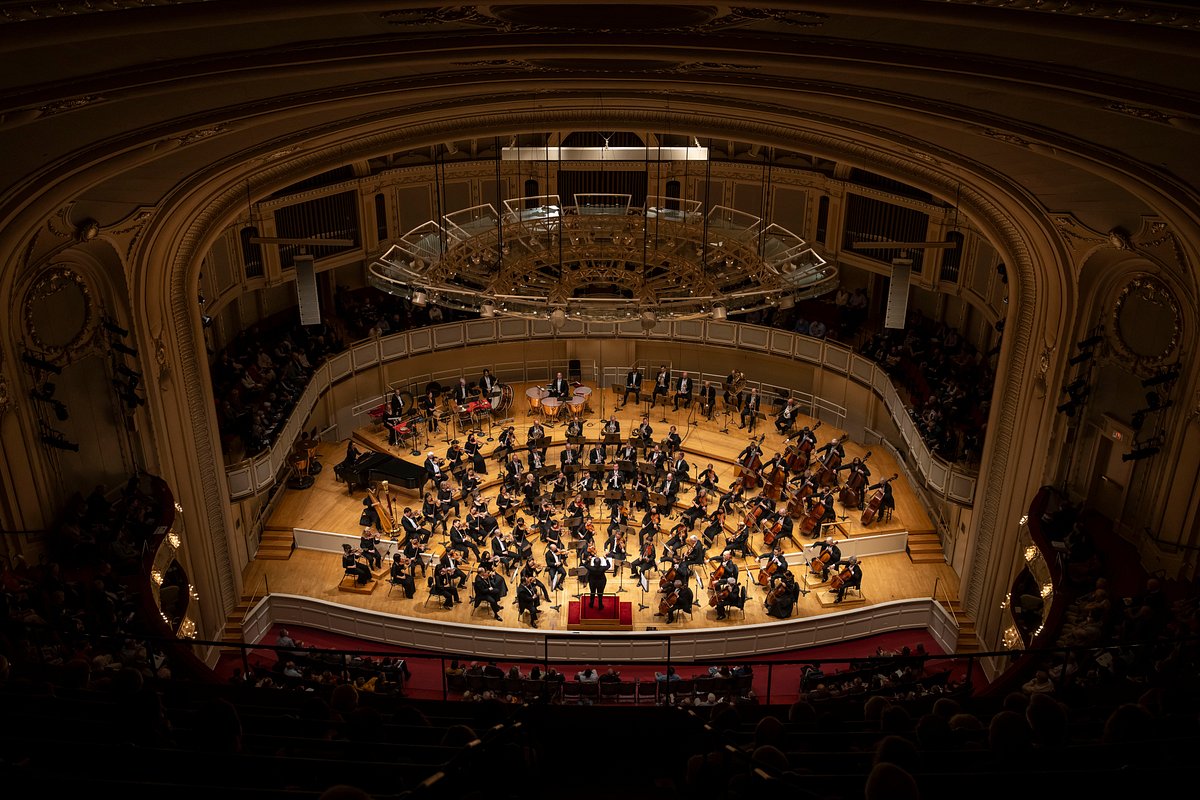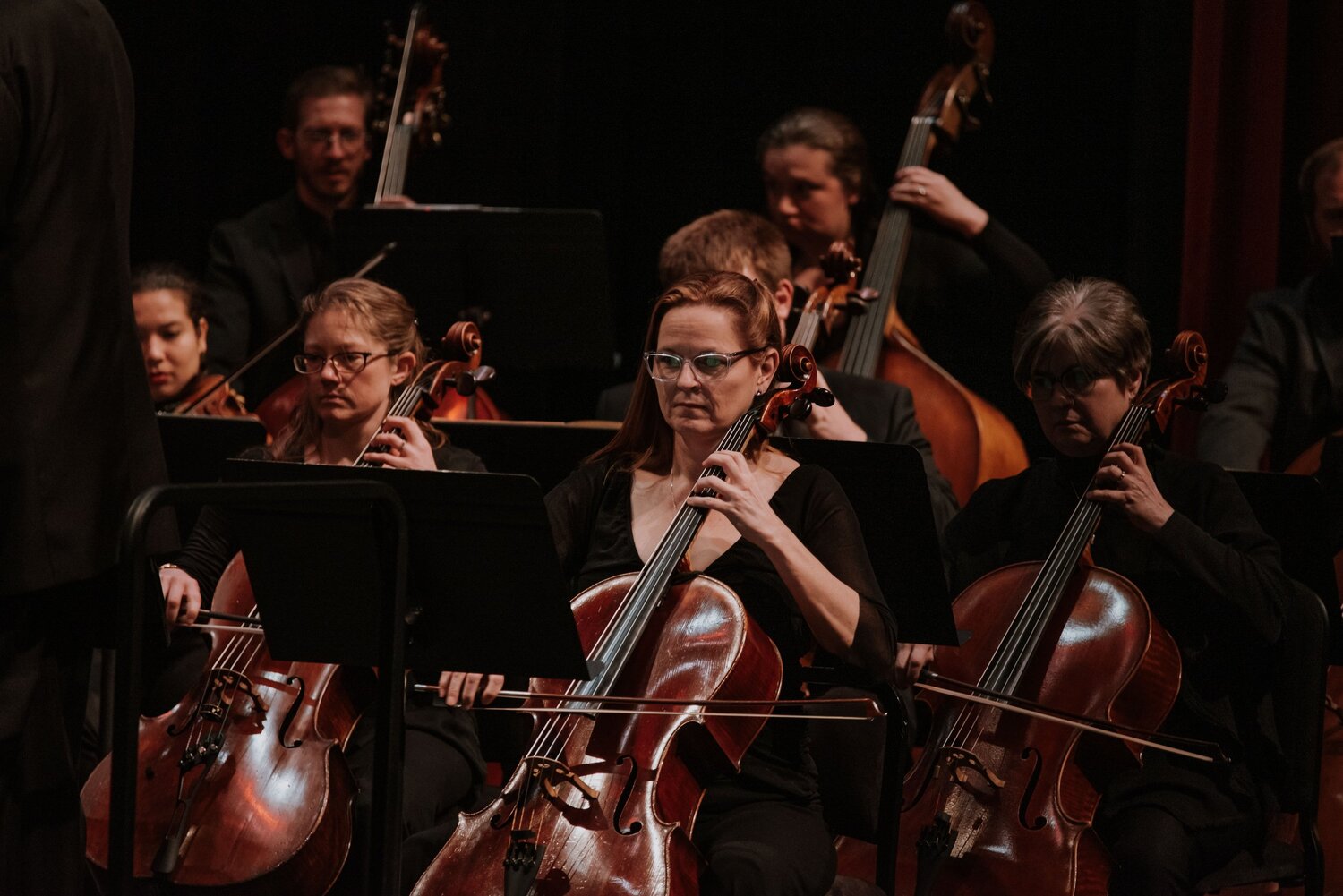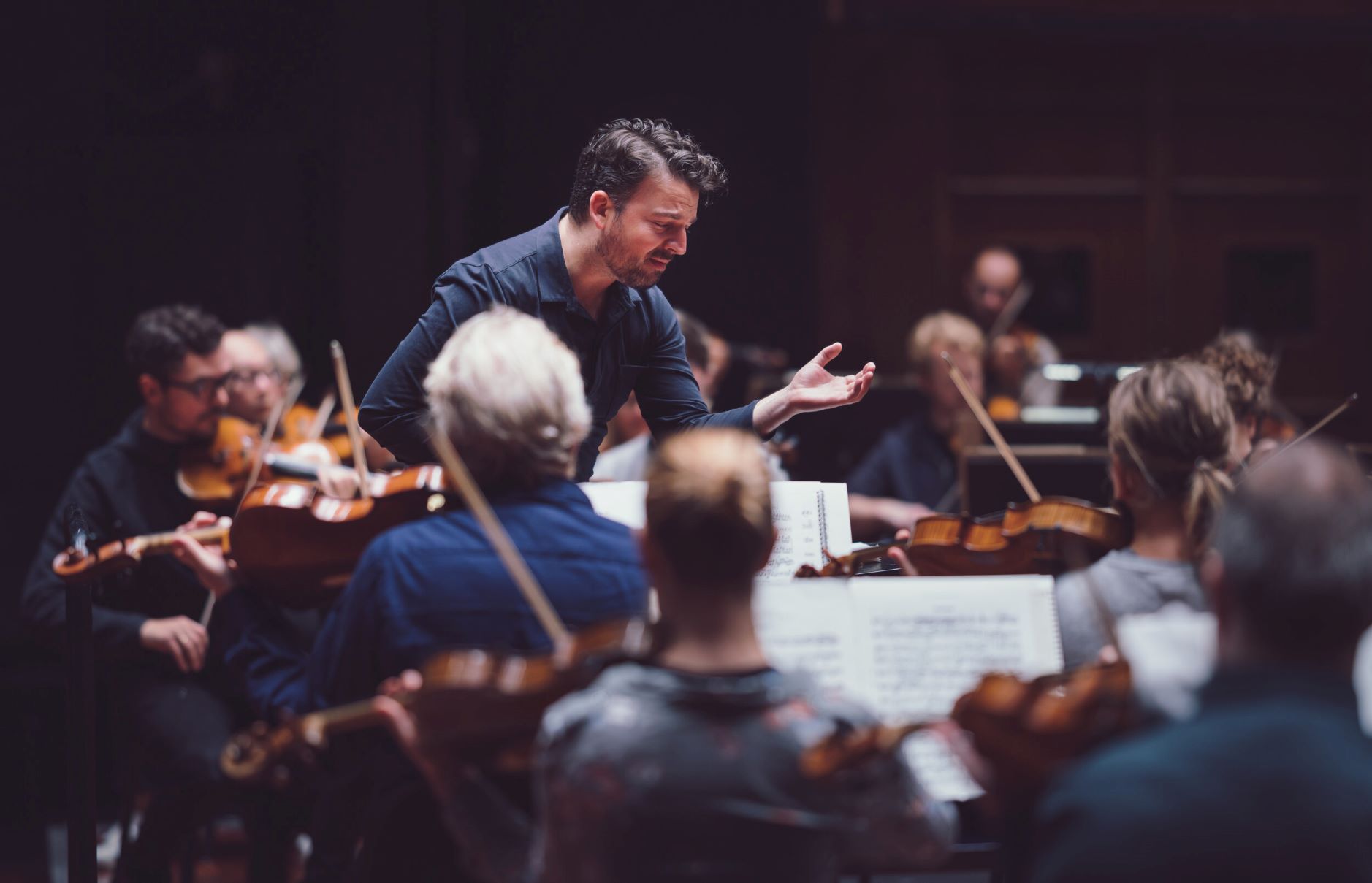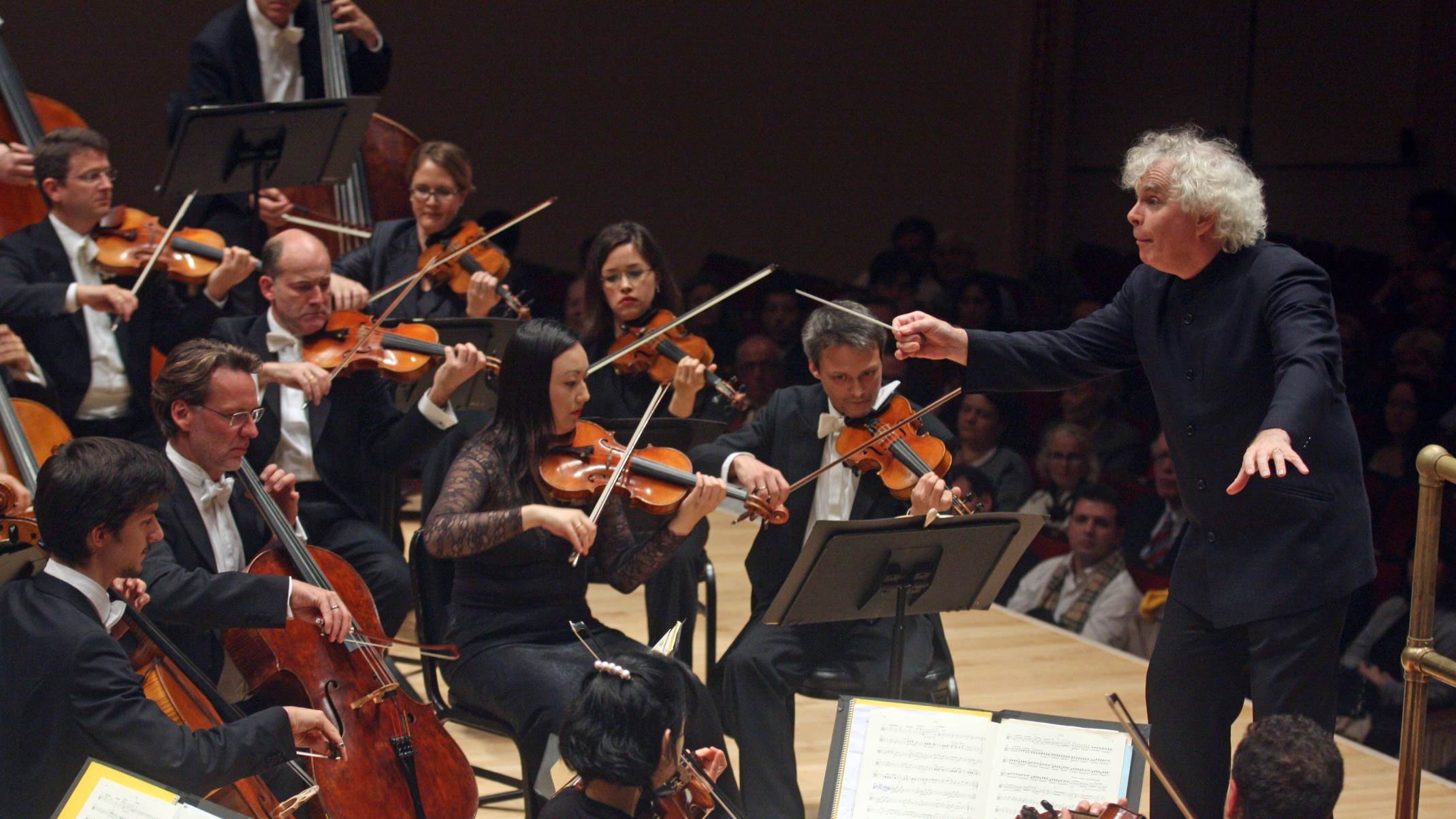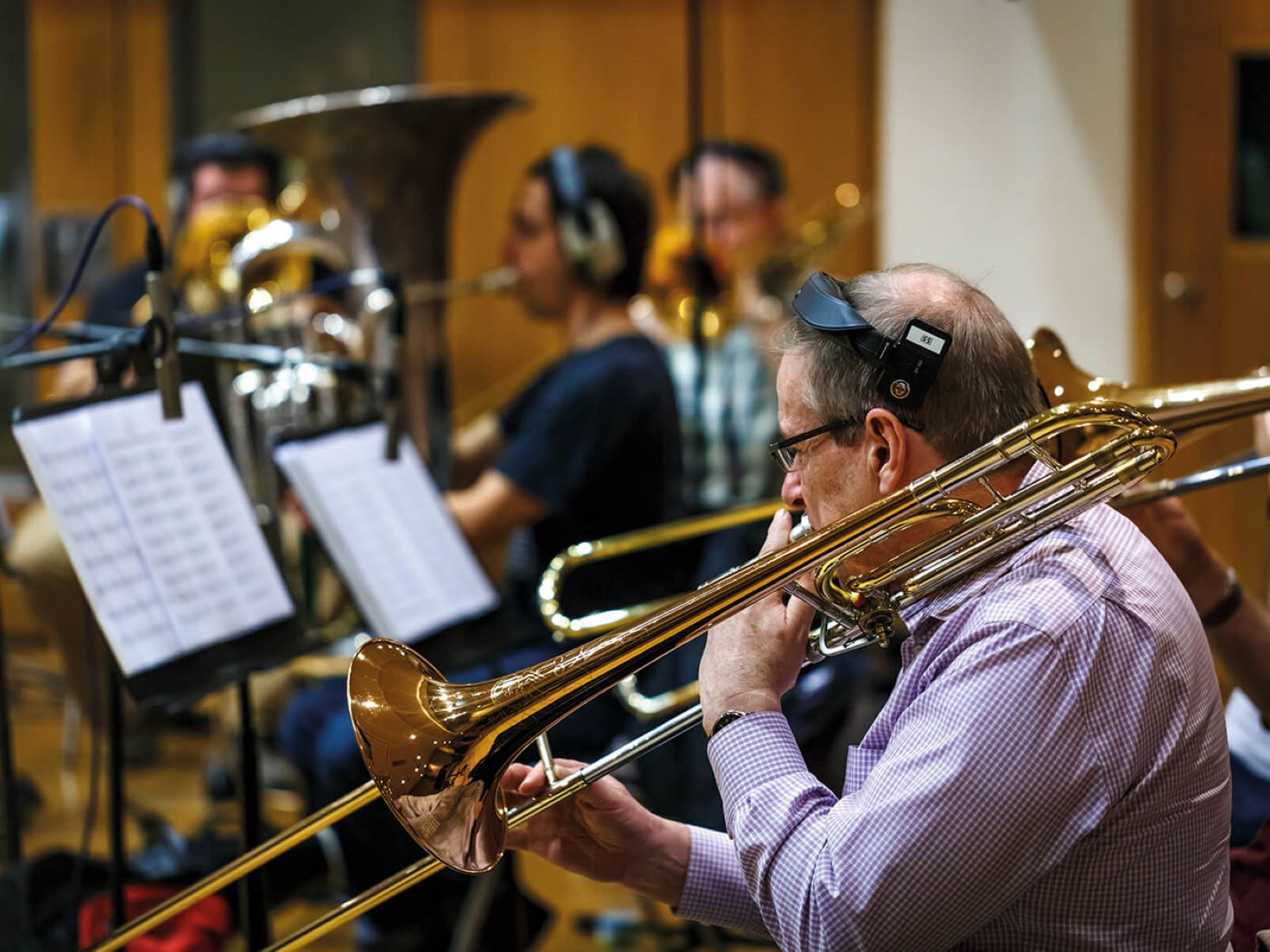Home>Production & Technology>Orchestra>What Is The Oldest Symphony Orchestra In The USA?
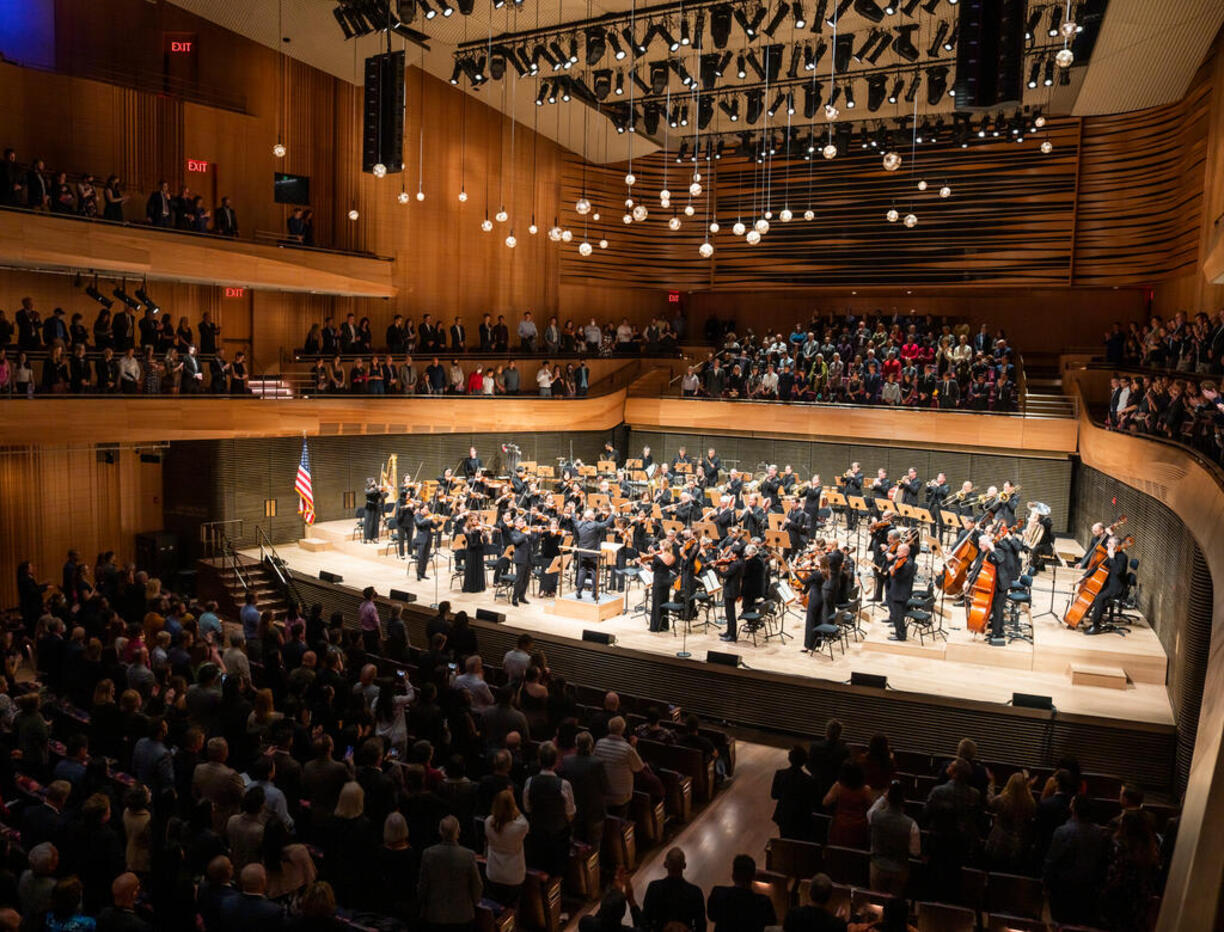

Orchestra
What Is The Oldest Symphony Orchestra In The USA?
Published: February 25, 2024
Discover the oldest symphony orchestra in the USA and its rich history. Learn about the pioneering contributions of this iconic orchestra. Explore its legacy today!
(Many of the links in this article redirect to a specific reviewed product. Your purchase of these products through affiliate links helps to generate commission for AudioLover.com, at no extra cost. Learn more)
Table of Contents
Introduction
The United States has a rich and vibrant musical heritage, with orchestras playing a pivotal role in shaping the nation's cultural landscape. Among these esteemed institutions, one stands out as a pioneer in symphonic music—the New York Philharmonic, widely recognized as the oldest symphony orchestra in the United States. Since its inception, the New York Philharmonic has not only showcased the timeless beauty of orchestral music but has also played a significant role in the development of the American musical tradition.
Established in 1842, the New York Philharmonic has stood the test of time, captivating audiences with its unparalleled performances for nearly two centuries. As we delve into the remarkable history of this iconic orchestra, we uncover a legacy that has left an indelible mark on the world of classical music.
The founding of the New York Philharmonic represents a pivotal moment in American cultural history, marking the emergence of a new era in musical expression. From its humble beginnings to its current status as a global cultural ambassador, the orchestra has remained steadfast in its commitment to artistic excellence and innovation.
As we embark on this exploration of the New York Philharmonic, we will trace its journey from a small group of dedicated musicians to a world-renowned ensemble, celebrated for its unwavering dedication to the art of orchestral performance. Through its illustrious history, the orchestra has not only entertained and inspired audiences but has also served as a catalyst for artistic innovation and cultural exchange.
Join us as we delve into the captivating narrative of the New York Philharmonic, a journey that encapsulates the essence of American musical heritage and the enduring power of orchestral music.
The Founding of the Oldest Symphony Orchestra
The New York Philharmonic, the oldest symphony orchestra in the United States, traces its origins to the fervent cultural milieu of the 19th century. Its inception in 1842 marked a significant milestone in the history of American orchestral music. The visionary individuals behind its establishment sought to create a platform for showcasing the timeless beauty of symphonic compositions, enriching the cultural tapestry of New York City and beyond.
The orchestra's early years were shaped by a spirit of innovation and a deep commitment to artistic excellence. Its inaugural concert, held on December 7, 1842, at the Apollo Rooms in lower Manhattan, set the stage for a legacy of musical brilliance. Under the baton of its first principal conductor, Ureli Corelli Hill, the orchestra embarked on a journey that would ultimately redefine the cultural landscape of the United States.
The New York Philharmonic's repertoire during its formative years encompassed a diverse array of classical compositions, ranging from symphonies and overtures to concertos and chamber music. Its dedication to presenting a wide spectrum of musical styles and genres endeared it to audiences of varying tastes and backgrounds, solidifying its position as a unifying force in the burgeoning metropolis.
As the orchestra gained prominence, it attracted world-renowned conductors and soloists, further enhancing its reputation as a premier musical institution. The appointment of German conductor Theodore Eisfeld in 1848 marked a significant turning point, ushering in an era of artistic innovation and expanding the orchestra's repertoire to include works by contemporary European composers.
The New York Philharmonic's commitment to artistic innovation and cultural exchange was exemplified by its historic tour of Europe in 1882, becoming the first American orchestra to achieve such a feat. This landmark event not only garnered international acclaim but also elevated the orchestra to a position of global eminence, solidifying its role as a cultural ambassador for the United States.
The founding of the New York Philharmonic heralded a new chapter in the history of American orchestral music, laying the foundation for a tradition of artistic excellence and creative exploration that continues to resonate with audiences worldwide. Through its unwavering dedication to musical innovation and cultural diplomacy, the orchestra has left an indelible mark on the fabric of American musical heritage, inspiring generations of musicians and music enthusiasts.
In the next section, we will delve into the remarkable growth and development of the New York Philharmonic, tracing its evolution into a world-renowned symphony orchestra that continues to captivate audiences with its unparalleled artistry and passion for musical expression.
The Growth and Development of the Orchestra
The New York Philharmonic's growth and development reflect a remarkable journey of artistic evolution and cultural significance. Following its early years of pioneering performances and visionary leadership, the orchestra continued to expand its influence and impact, solidifying its position as a vanguard of symphonic music in the United States.
The late 19th and early 20th centuries witnessed a period of unprecedented growth for the New York Philharmonic. Under the baton of renowned conductors such as Anton Seidl, Gustav Mahler, and Arturo Toscanini, the orchestra flourished, embracing an increasingly diverse repertoire and achieving new heights of artistic excellence. This era saw the orchestra's repertoire expand to encompass the works of contemporary composers, including premieres of seminal pieces by composers such as Dvořák, Tchaikovsky, and Rachmaninoff, further solidifying its reputation as a leading proponent of musical innovation.
The New York Philharmonic's commitment to education and outreach also played a pivotal role in its growth. Initiatives such as Young People's Concerts, established under the leadership of Leonard Bernstein, fostered a deep appreciation for orchestral music among younger audiences, ensuring the perpetuation of the orchestra's legacy for generations to come. Additionally, the establishment of the New York Philharmonic Archives served as a testament to the orchestra's dedication to preserving its rich history and making it accessible to scholars, musicians, and music enthusiasts worldwide.
The 20th century brought further milestones in the orchestra's development, including its relocation to Lincoln Center's iconic David Geffen Hall in 1962. This move not only provided the orchestra with a state-of-the-art performance venue but also positioned it at the heart of New York City's cultural epicenter, reinforcing its status as a beacon of artistic excellence.
The New York Philharmonic's commitment to artistic innovation and cultural diplomacy was exemplified by its historic tours to Asia, the Middle East, and beyond, showcasing the universal language of music and forging enduring connections across borders. These international engagements underscored the orchestra's role as a global ambassador for American orchestral music, fostering cultural exchange and mutual understanding through the transcendent power of music.
As the New York Philharmonic continues to evolve in the 21st century, it remains dedicated to pushing the boundaries of artistic expression, nurturing emerging talent, and engaging diverse audiences through innovative programming and collaborative initiatives. Its commitment to artistic exploration and cultural enrichment ensures that the orchestra's legacy will endure, inspiring and enchanting audiences for generations to come.
Notable Performances and Achievements
The New York Philharmonic has amassed a rich tapestry of notable performances and achievements throughout its illustrious history, cementing its status as a trailblazer in the world of symphonic music. From historic premieres to groundbreaking collaborations, the orchestra's legacy is punctuated by transformative moments that have resonated with audiences and reverberated across the annals of musical history.
One of the most iconic performances in the New York Philharmonic's repertoire is its historic concert at Carnegie Hall on November 14, 1943, conducted by Arturo Toscanini. This landmark event, known as the "War of Independence" concert, was a testament to the orchestra's unwavering commitment to artistic integrity and social responsibility. The program featured Beethoven's Symphony No. 5, a powerful musical statement that resonated with the wartime sentiments of the era and solidified the orchestra's reputation as a beacon of resilience and hope in the face of adversity.
The New York Philharmonic's legacy of premieres and commissions stands as a testament to its dedication to fostering new musical voices and championing innovative works. Notable premieres include the first performance of Gustav Mahler's Symphony No. 2 in the United States, conducted by the composer himself in 1908, marking a watershed moment in the orchestra's history and its enduring commitment to presenting groundbreaking compositions to its audiences.
In addition to its groundbreaking premieres, the New York Philharmonic has also been celebrated for its collaborations with renowned soloists and composers. Notable partnerships include the orchestra's collaboration with Leonard Bernstein, a transformative figure in American music, whose tenure as the orchestra's music director left an indelible mark on its artistic trajectory. Bernstein's legendary interpretations of Mahler's symphonies and his advocacy for American composers showcased the orchestra's versatility and artistry, further solidifying its place in the pantheon of symphonic excellence.
The orchestra's commitment to education and community engagement has also yielded significant achievements, including its pioneering Young People's Concerts, which have inspired countless young minds and nurtured a deep appreciation for orchestral music. These initiatives underscore the orchestra's enduring impact on the cultural and educational landscape, ensuring that its legacy extends far beyond the concert hall.
The New York Philharmonic's illustrious history is a testament to its unwavering commitment to artistic innovation, cultural diplomacy, and the transformative power of orchestral music. As it continues to captivate audiences with its unparalleled artistry and passion for musical expression, the orchestra's legacy of notable performances and achievements serves as a testament to its enduring influence on the world stage.
Legacy and Impact on American Music
The New York Philharmonic's legacy and impact on American music transcend the confines of time, resonating with enduring significance and influence. As the oldest symphony orchestra in the United States, the orchestra has woven a rich tapestry of cultural and artistic contributions that have left an indelible mark on the nation's musical landscape.
At the heart of the New York Philharmonic's legacy is its unwavering commitment to artistic excellence, innovation, and cultural diplomacy. The orchestra's pioneering spirit, exemplified through historic premieres, groundbreaking collaborations, and international tours, has not only elevated the status of American orchestral music but has also fostered a spirit of artistic exploration and creative ingenuity.
The orchestra's impact on American music is multifaceted, encompassing its role as a vanguard of symphonic repertoire, a catalyst for the promotion of contemporary compositions, and a beacon of educational outreach. Through its performances of timeless masterpieces and its advocacy for new musical voices, the New York Philharmonic has enriched the fabric of American music, inspiring generations of composers, musicians, and music enthusiasts.
Furthermore, the orchestra's global reach and cultural ambassadorship have positioned it as a powerful advocate for cross-cultural dialogue and mutual understanding. Its historic tours to international destinations have not only showcased the universal language of music but have also fostered enduring connections across borders, reinforcing the orchestra's role as a symbol of artistic diplomacy and cultural exchange.
The New York Philharmonic's legacy extends beyond the concert hall, permeating educational initiatives, archival preservation, and community engagement. Its pioneering Young People's Concerts, established under the visionary leadership of Leonard Bernstein, have nurtured a deep appreciation for orchestral music among younger audiences, ensuring the perpetuation of the orchestra's legacy for future generations.
As the orchestra continues to evolve and innovate in the 21st century, its legacy and impact on American music remain as vibrant and influential as ever. Through its enduring commitment to artistic exploration, cultural enrichment, and the transformative power of orchestral music, the New York Philharmonic continues to shape the narrative of American music, inspiring audiences and leaving an indelible imprint on the cultural heritage of the United States.
The New York Philharmonic's legacy and impact on American music stand as a testament to the enduring power of orchestral music and its ability to transcend boundaries, unite communities, and enrich the human experience.


